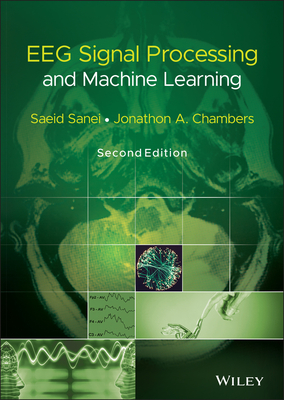商品描述
Recent advances in brain science measurement technology have given researchers access to very large-scale time series data such as EEG/MEG data (20 to 100 dimensional) and fMRI (140,000 dimensional) data. To analyze such massive data, efficient computational and statistical methods are required.
Time Series Modeling of Neuroscience Data shows how to efficiently analyze neuroscience data by the Wiener-Kalman-Akaike approach, in which dynamic models of all kinds, such as linear/nonlinear differential equation models and time series models, are used for whitening the temporally dependent time series in the framework of linear/nonlinear state space models. Using as little mathematics as possible, this book explores some of its basic concepts and their derivatives as useful tools for time series analysis. Unique features include:
The main point of interest in this book is to show that the same data can be treated using both a dynamical system and time series approach so that the neural and physiological information can be extracted more efficiently. Of course, time series modeling is valid not only in neuroscience data analysis but also in many other sciences and engineering fields where the statistical inference from the observed time series data plays an important role.
商品描述(中文翻譯)
最近在腦科學測量技術方面的進展,使研究人員能夠獲取非常大規模的時間序列數據,例如腦電圖(EEG)/磁腦圖(MEG)數據(20到100維)和功能性磁共振成像(fMRI)數據(140,000維)。為了分析這些龐大的數據,需要高效的計算和統計方法。
《神經科學數據的時間序列建模》展示了如何通過維納-卡爾曼-赤池(Wiener-Kalman-Akaike)方法高效地分析神經科學數據,其中使用各種動態模型,如線性/非線性微分方程模型和時間序列模型,來在線性/非線性狀態空間模型的框架下對時間相關的時間序列進行白化。這本書在盡量減少數學的情況下,探討了一些基本概念及其衍生物,作為時間序列分析的有用工具。其獨特特點包括:
- 一種統計識別方法,用於高度非線性動態系統,如霍奇金-赫克斯利模型、洛倫茲混沌模型、澤特伯格模型等
- 維納、格蘭傑和赤池所開發的動態因果分析的方法和應用
- 一種狀態空間建模方法,用於逆問題解的動態化
- 一種異方差狀態空間建模方法,用於動態非平穩信號分解,應用於EEG數據分析中的信號檢測問題
- 一種基於創新的方法,用於非線性和/或非高斯時間序列的特徵描述
- 一種基於創新的方法,用於fMRI數據分析的空間時間序列建模
本書的主要關注點在於展示相同的數據可以使用動態系統和時間序列方法進行處理,以便更有效地提取神經和生理信息。當然,時間序列建模不僅在神經科學數據分析中有效,還在許多其他科學和工程領域中,觀察到的時間序列數據的統計推斷也扮演著重要角色。










